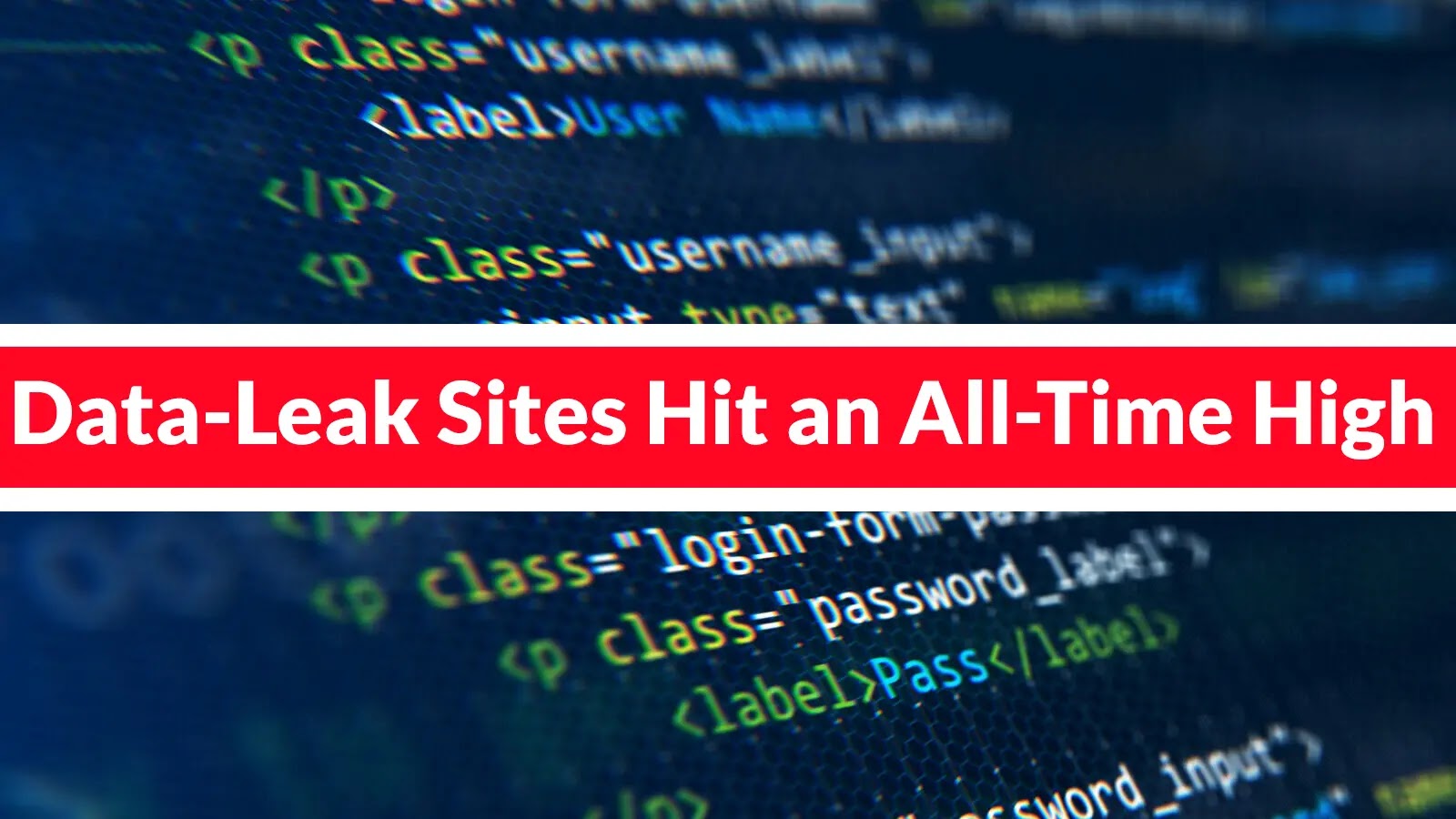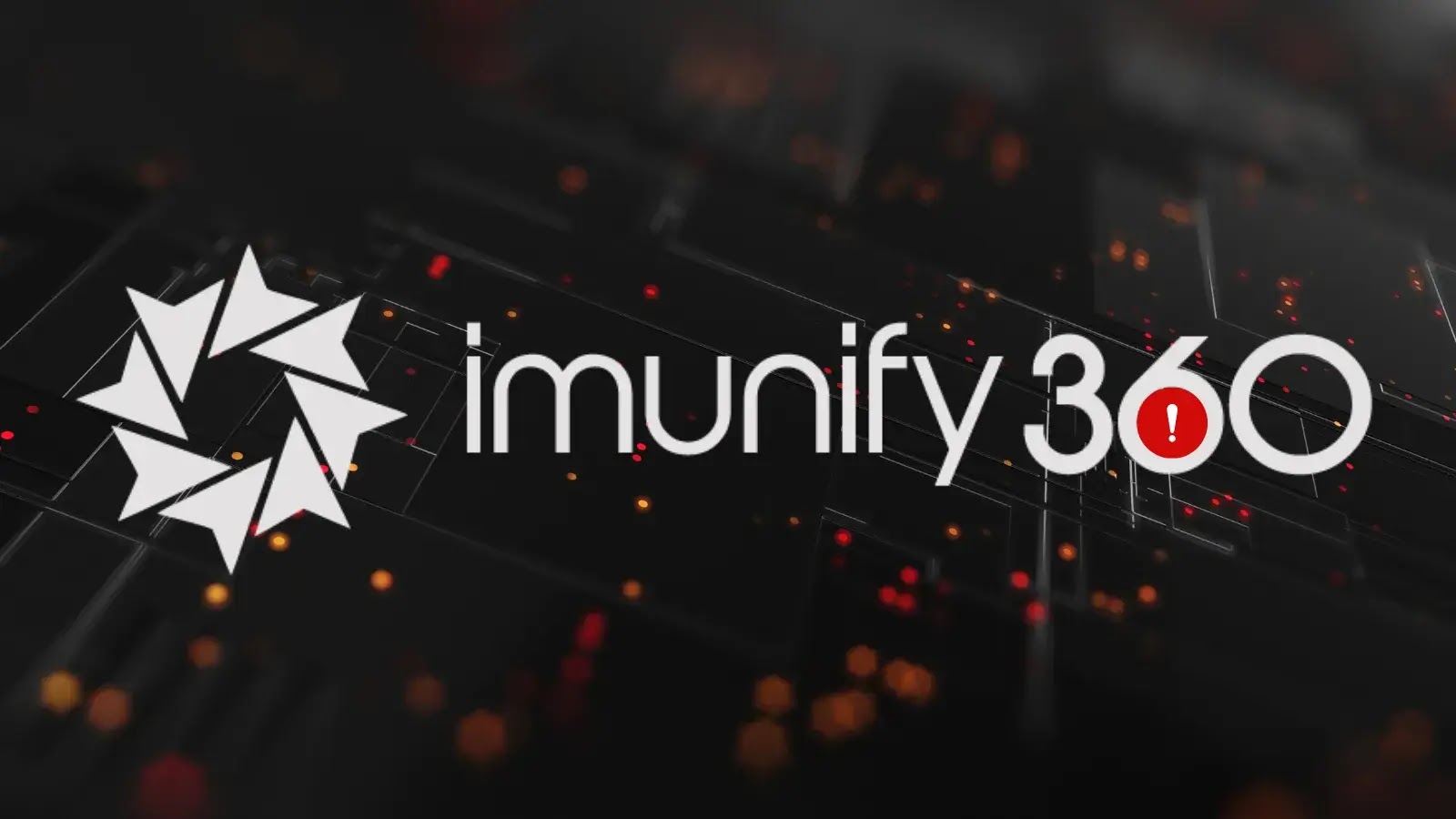In the third quarter of 2025, the cybersecurity landscape experienced significant upheaval, marked by the emergence of new ransomware-as-a-service (RaaS) platforms and a notable increase in data-leak sites. This period saw the introduction of Scattered Spider’s ShinySp1d3r RaaS and the resurgence of the LockBit group with its LockBit 5.0 variant, both contributing to a record number of active data-leak platforms.
Emergence of ShinySp1d3r RaaS
Scattered Spider, a cybercriminal group known for its advanced social engineering tactics, launched ShinySp1d3r RaaS in Q3 2025. This development is significant as it represents one of the first major English-speaking RaaS operations, challenging the traditional dominance of Russian-speaking entities in the ransomware ecosystem.
ShinySp1d3r RaaS integrates sophisticated social engineering techniques with advanced encryption methods. The platform’s architecture combines traditional ransomware deployment with enhanced data exfiltration protocols, creating a dual-threat model that disrupts operations and leverages stolen information for extortion.
The group’s methodology involves thorough reconnaissance, utilizing open-source intelligence and social media profiling to gather detailed organizational information. This intelligence is then used to exploit vulnerabilities in help-desk verification processes, facilitating unauthorized access to systems.
Resurgence of LockBit with LockBit 5.0
Concurrently, the LockBit group announced its return with the release of LockBit 5.0. This iteration marks a significant shift in the group’s operational strategy, as it explicitly targets critical infrastructure—a move that deviates from previous norms and raises concerns about the potential impact on essential services.
LockBit 5.0 introduces technical enhancements, including faster encryption algorithms and improved evasion techniques to bypass security measures. The group’s aggressive stance and technical advancements underscore the evolving nature of ransomware threats.
Surge in Data-Leak Sites
The proliferation of RaaS platforms like ShinySp1d3r and LockBit 5.0 has contributed to an unprecedented increase in data-leak sites. In Q3 2025, the number of active data-leak platforms reached an all-time high of 81, surpassing previous records and indicating a fragmentation of the threat landscape.
This surge reflects a shift as smaller, emerging groups fill the void left by previously dominant ransomware operations. These groups are expanding their reach into sectors and regions historically considered low-risk targets, exploiting security gaps in rapidly modernizing infrastructures.
Geographic Expansion of Ransomware Activities
The geographic distribution of ransomware activities has also evolved. For instance, Thailand experienced a 69% increase in data-leak site appearances, driven primarily by the newly emerged Devman2 group. This expansion into developing digital economies highlights how cybercriminals exploit vulnerabilities in regions with limited cybersecurity measures and enforcement capabilities.
Strategic Alliances Among Ransomware Groups
The formation of strategic alliances between major ransomware groups, including LockBit, DragonForce, and Qilin, further amplifies the threat landscape. These collaborations involve sharing resources, techniques, and infrastructure, enhancing the operational capabilities of these groups and posing increased risks to organizations worldwide.
Implications for Organizations
The developments in Q3 2025 underscore the need for organizations to adopt comprehensive cybersecurity strategies. The emergence of sophisticated RaaS platforms and the targeting of critical infrastructure necessitate proactive measures, including:
– Enhanced Employee Training: Educating staff on recognizing and responding to social engineering attempts can mitigate the risk of unauthorized access.
– Robust Access Controls: Implementing multi-factor authentication and stringent access controls can prevent unauthorized system entry.
– Regular Security Assessments: Conducting frequent vulnerability assessments and penetration testing can identify and address potential weaknesses.
– Incident Response Planning: Developing and regularly updating incident response plans ensures preparedness for potential ransomware attacks.
– Data Backup and Recovery: Maintaining secure, up-to-date backups facilitates data recovery in the event of an attack, minimizing operational disruption.
Conclusion
The third quarter of 2025 has marked a pivotal moment in the evolution of ransomware threats. The rise of English-speaking RaaS platforms like ShinySp1d3r and the aggressive resurgence of groups like LockBit with its 5.0 variant signal an escalation in cyber threats. Organizations must remain vigilant, adopting proactive and comprehensive cybersecurity measures to navigate this increasingly complex threat landscape.



